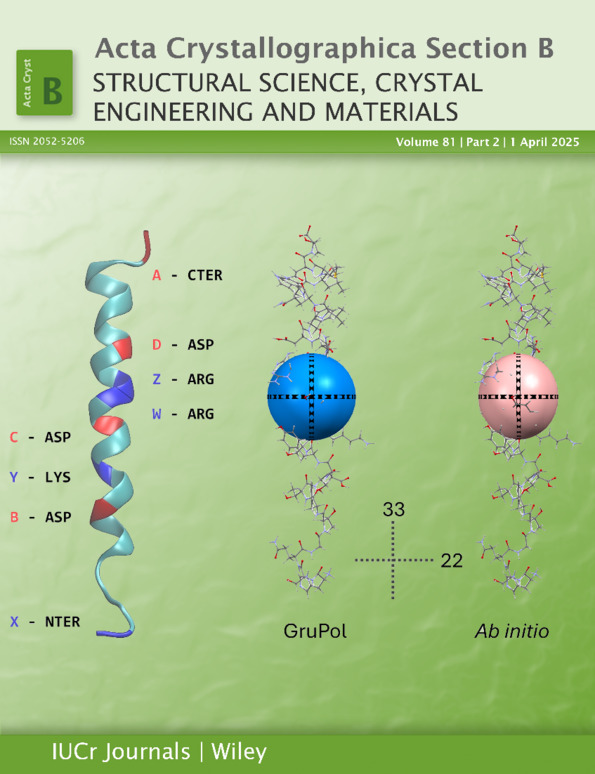Is it possible to obtain a plausible experimental electronic structure without collecting high-order diffraction data?
Abstract
To study the experimental electronic structure, the exact position of the nonhydrogen atoms in the starting geometry is necessary. In this paper, we compare the results of the experimental electronic structure obtained using the full data set [low-order (sinθ/λ < 0.7 Å−1) together with high-order (sinθ/λ > 0.7 Å−1) diffraction data] and the results based on low-order reflections only. The initial geometry and atomic displacement parameters were obtained from NospherA2 software when using low-order data. If this approach is meaningful, it reduces the measurement to data acquisition time by a factor of 7:1, thus showing a promise to make experimental studies of electronic structure widely accessible.




